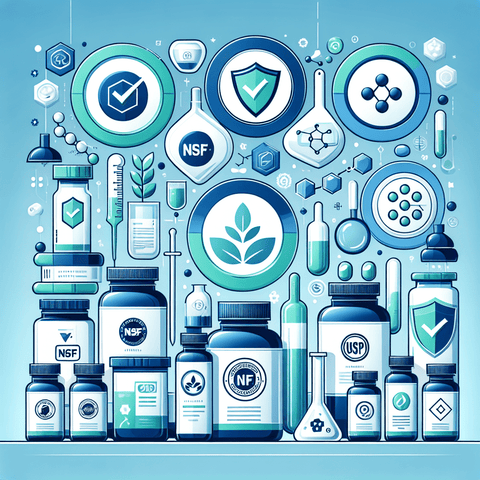gmp compliance is more than a checklist; it's a systematic discipline that protects product integrity and drives predictable outcomes across the manufacturing lifecycle. By focusing on consistent processes, clear responsibilities, and documented evidence, organizations can meet safety and quality standards without surprises. Whether you operate in pharmaceuticals, cosmetics, medical devices, or other regulated sectors, gmp compliance provides a framework for controlling variability, preventing mix-ups, and delivering reliable products. The starting point is leadership commitment to a quality policy and a culture that treats compliance as an everyday priority. To master gmp compliance, design a robust quality management system (QMS) that covers planning, execution, and review. Begin with risk assessment to identify critical control points and prioritize actions. Develop and maintain standard operating procedures (SOPs) and work instructions that are accessible and practical. Establish change control, document control, and versioning to ensure every modification is reviewed and recorded. Build an assurance process that includes supplier qualification, material specification management, and rigorous documentation practices so evidence of compliance is always available. Operational controls form the backbone of gmp compliance. Implement equipment qualification and calibration programs, environmental controls, and preventive maintenance to maintain reliable performance. Create traceability for every batch, including material lot tracking, manufacturing steps, in-process checks, and final release criteria. Enforce rigorous deviation handling, non-conformance management, and corrective actions (CAPA) to address root causes and prevent recurrence. Train staff to competence, ensure proper storage conditions, and maintain clean, organized facilities to minimize risk and support consistent product quality. Sustaining gmp compliance requires ongoing monitoring and improvement. Use metrics and management reviews to gauge process performance, identify gaps, and prioritize improvements. Conduct internal audits and supplier audits to verify adherence and to drive accountability. Close the loop with timely CAPA closure, documentation updates, and periodic re-validation where needed. By integrating these practices into daily operations, organizations can reduce risk, demonstrate consistent quality, and deliver products that meet the intended standards without relying on ad hoc assurances.

